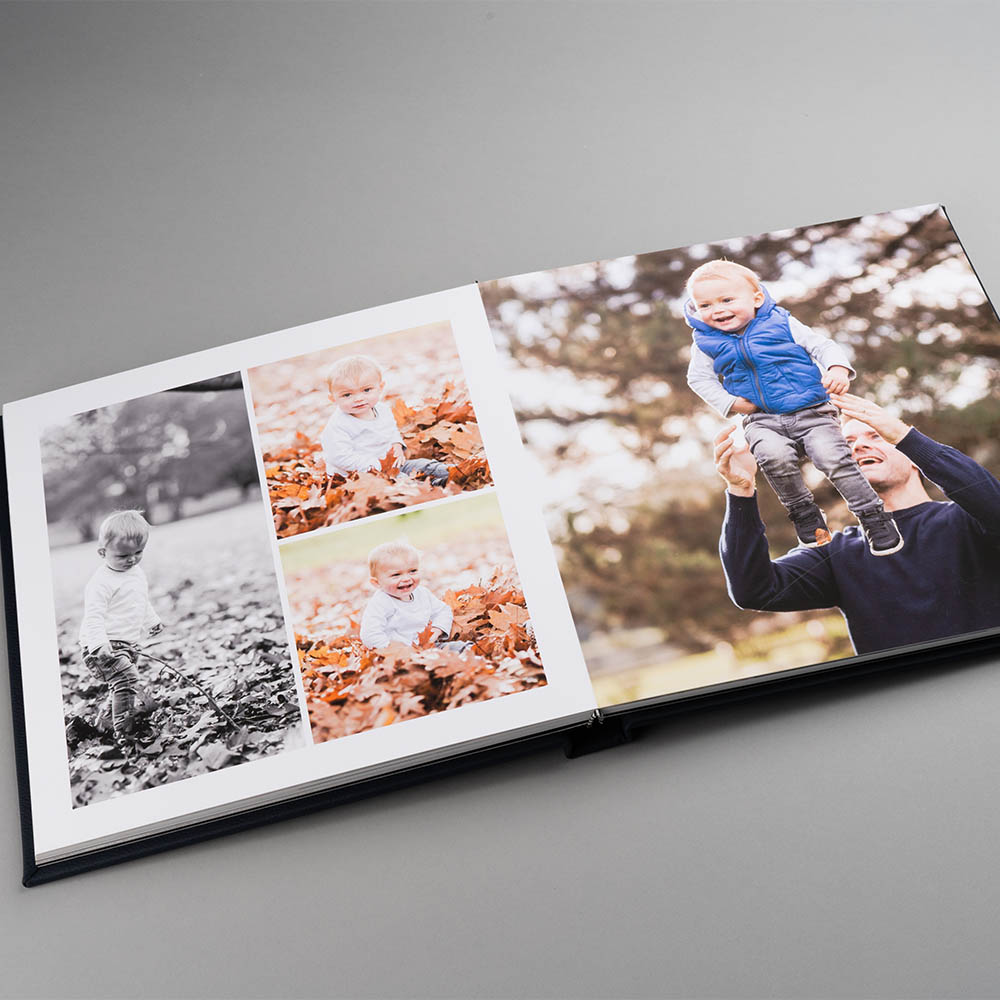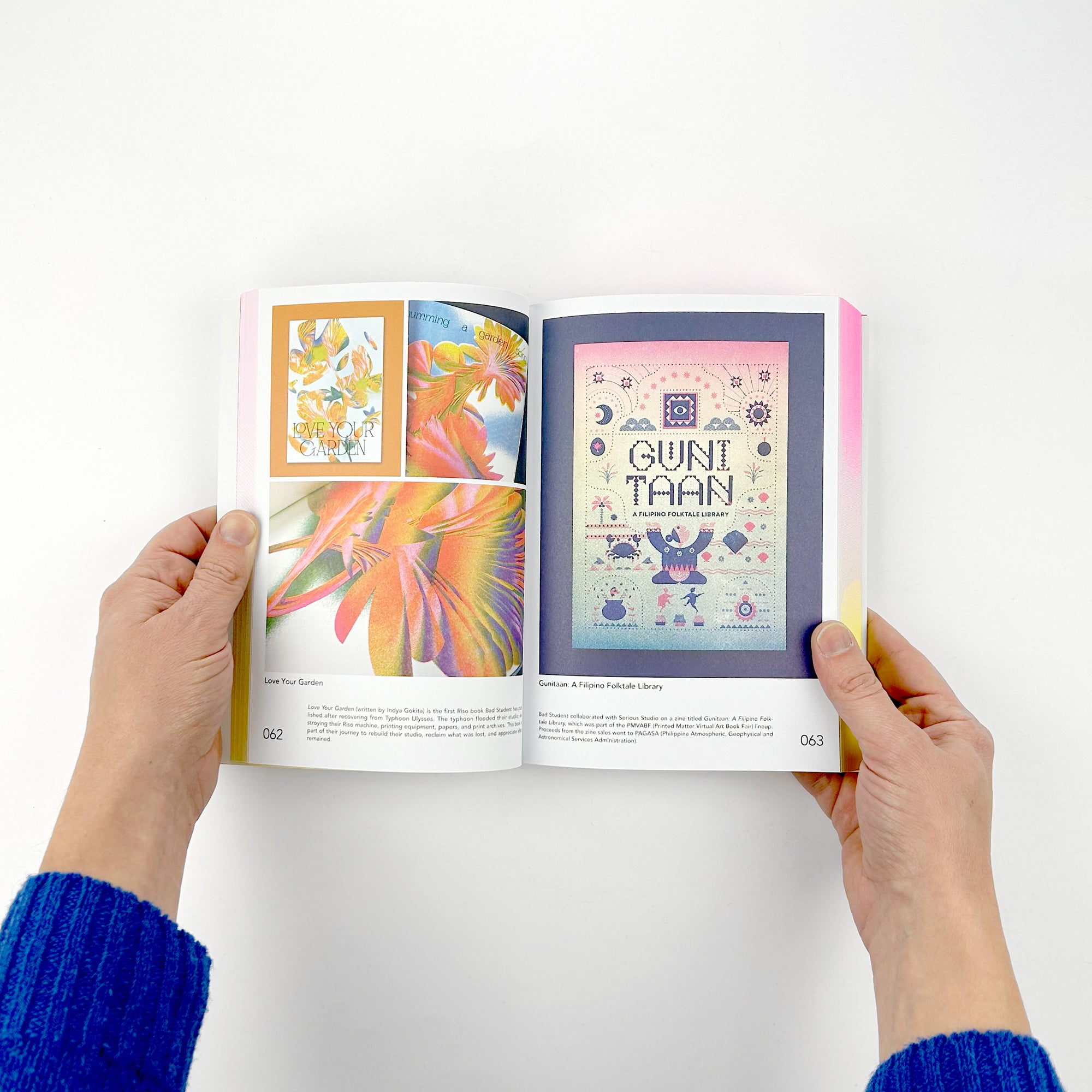Navigating the World of Art Book Printing: Advice for a Perfect End Up
When it comes to art book printing, you require to mix creative thinking with technological knowledge for the finest results. Let's discover what that is and just how it can raise your art book.
Comprehending the Printing Process
When you submerse on your own on the planet of art book printing, comprehending the printing process is essential for achieving your wanted outcomes. Begin by familiarizing yourself with numerous printing approaches, like electronic and balance out printing. Each method has its strengths, so consider your task's scale and budget.
Following, take note of color monitoring. Ensure your pictures are in the proper color profile, as this impacts how they'll show up in print. You'll likewise want to pick the best resolution-- 300 DPI is basic for high-quality prints.
Do not neglect the importance of proofing. Constantly request an evidence before the last print run to capture any mistakes or discrepancies in shade. Bear in mind that timing matters. Review production timelines with your printer to assure your project remains on schedule. Recognizing these aspects can substantially improve the top quality and overall appearance of your art book.
Picking the Right Paper
Selecting the best paper can substantially impact the general feel and look of your art book. You'll want to mirror on factors like weight, structure, and coating. A heavier weight paper can give your pictures an extra luxurious look, while lighter papers may really feel a lot more fragile.
Structure plays an essential role as well; shiny paper boosts shades and information for dynamic pictures, while matte paper uses an extra restrained and artistic appearance. Consider exactly how you desire your art work to be regarded-- do you favor sharp contrasts or softer sides?
Do not neglect to test samples before making a decision. This will help you visualize how your art communicates with different papers. Keep in mind, the best option can raise your book from normal to phenomenal, guaranteeing your imaginative vision beams with in every web page. So take your time, discover choices, and select sensibly for the finest outcomes.
Exploring Binding Options
When it involves binding your art book, you have actually got several alternatives to consider that can affect both the feel and look of your project. Consider the toughness features you require, along with the expense implications of each binding technique. Picking the right binding can raise your artwork and assure it lasts for several years to come.
Kinds Of Binding Techniques
There are numerous binding methods to consider for your art book, each offering special advantages and aesthetic appeals. For an extra imaginative touch, consider spiral binding; it enables your book to lay flat, showcasing your art work perfectly. Each binding approach has its charm, so think regarding your book's function and audience to select the one that ideal enhances your vision.

Choosing Resilience Features
After considering the various binding methods, it's time to concentrate on durability features that can enhance the long life of your art book. Picking a robust binding option is important; consider alternatives like instance binding or lay-flat binding, which supply extra strength. In addition, take notice of the sort of sticky used; a high-quality PVA adhesive can ensure the pages remain safe in time. If you expect your book to sustain regular handling, go with products like laminated covers or covered paper, which resist damage. Finally, think of just how you'll keep the book-- utilizing a protective slipcase can include an additional layer of protection against dirt and damage. Focus on these functions to maintain your art book looking pristine.
Price Implications of Binding
While picking a binding choice for your art book, it's crucial to contemplate how each choice impacts your budget. Saddle sewing is extra affordable, excellent for smaller sized publications, yet it may not fit larger projects. Ultimately, picking the right binding alternative can improve your art book's presentation without breaking the bank.
Creating for Publish
When developing for print, you need to focus on quality and aesthetic effect to efficiently showcase your art work. Begin by choosing a color scheme that matches your pieces, ensuring it converts well theoretically. Colors might appear differently in print than on-screen, so choose tones that preserve vibrancy when printed.
Use high-resolution photos to prevent pixelation; aim for at the very least 300 DPI for peak high quality. Consider your typography thoroughly-- select typefaces that enhance your art without subduing it. Preserve an equilibrium between message and visuals, making sure that neither distracts from the various other.
Take note of format and white space, as these components direct the viewer's eye and produce a harmonious circulation. Believe concerning the size and measurements of your book; it ought to boost your artwork, not constrain it. By concentrating on these elements, you'll develop a sensational print design that astounds your target market.
Proofing Your Artwork
Once you've completed your layout, it's time to proof your artwork to validate everything looks as intended. If your artwork is lively on-screen, yet dull on paper, adjustments may be needed.
Publish an examination proof to see how your layout converts to paper. Make specific your artwork sticks to any type of particular guidelines your printer calls for, such as bleed and the original source trim lines.
Collaborating with a Printer
When you're prepared to print your art book, locating the ideal printer is vital. You'll need to plainly interact your vision and comprehend the printing specs to guarantee every little thing turns out as anticipated (art book). Let's explore just how to make this process smooth and effective
Selecting the Right Printer
Selecting the appropriate printer can make all the difference in bringing your art book vision to life. Research regional and on-line printing firms, paying attention to their portfolios and client testimonials. You desire a printer experienced in art books, as they'll comprehend the subtleties of duplicating your artwork faithfully.
Interacting Your Vision
To assure your art book appears simply as you envision, it's important to interact your vision plainly with your printer. Begin by sharing your creative principle, consisting of motifs, colors, and any particular aspects you want highlighted. Go over the general feel you're intending for, whether it's contemporary, standard, or progressive. Be open regarding your budget plan and timeline; this assists your printer supply sensible choices. Don't think twice to share samples or references that inspire you. Ask questions and make certain you recognize their procedures, as this constructs a collective connection. Develop routine check-ins during manufacturing to make particular whatever lines up with your expectations. Clear interaction can change your vision into a tangible work of art.

Understanding Printing Requirements
With your vision clearly expressed, it's time to concentrate on the technological side of publishing your art book. Understanding printing specs is crucial for achieving the best outcome. Beginning by discussing your preferred paper kind; alternatives like shiny or matte can greatly affect the aesthetic charm. Next off, take into consideration the book's dimensions-- conventional dimensions are usually more affordable, however custom-made dimensions can boost your one-of-a-kind style. Do not forget to check the resolution of your images; they should be at least 300 DPI for crisp prints. Finally, clarify your color preferences-- CMYK is basic for print, while RGB is utilized for digital. By knowing these specifications, you'll guarantee a smoother collaboration with find this your printer and a stunning final item.
Advertising Your Art Book
Advertising your art book effectively can make all the distinction within your audience and enhancing sales. Begin by identifying your target audience. Are they art click here to find out more lovers, collectors, or pupils? Dressmaker your messaging to resonate with them. Make use of social networks platforms like Instagram and Pinterest, where visuals radiate. Showcase your artwork, share behind the curtain material, and engage with your fans with stories and blog posts.
Think about organizing a launch event or taking part in art fairs to link with possible buyers straight. Collaborate with influencers or blog writers in the art area to expand your reach. Do not underestimate the power of email advertising and marketing; build a mailing listing to maintain interested readers updated.
Ultimately, leverage online markets and your internet site for direct sales. Offer restricted versions or special promotions to produce necessity. By combining these techniques, you'll boost visibility and drive sales for your lovely art book.
Regularly Asked Questions
What Is the Typical Expense of Art Book Printing?
The standard price of art book printing varies commonly based on aspects like dimension, web page matter, and materials. Typically, you're considering anywhere from $10 to $50 or even more per book, depending on your choices.
For how long Does the Printing Process Normally Take?
The printing procedure generally takes about two to four weeks, depending on the project's intricacy and quantity. You'll require to factor in design, proofing, and potential revisions to guarantee everything meets your expectations.
Can I Print a Limited Edition of My Art Book?
Yes, you can publish a minimal version of your art book. Simply determine the amount of duplicates you desire, pick a high quality printer, and ensure you've got the best materials to create an unique feel.
What File Formats Are Best for Publishing My Art Work?
For publishing your art work, usage high-resolution data like TIFF or PDF. These styles maintain quality and shade precision. Prevent JPEGs for final prints, as they can lose information. Constantly inspect your printer's specifications for best outcomes.
How Can I Ensure Shade Accuracy in My Printed Book?
To assure color accuracy in your published book, utilize a calibrated display, soft proof your files, and pick a trusted printing solution. Likewise, consider making use of RGB or CMYK color settings as needed for your art work.